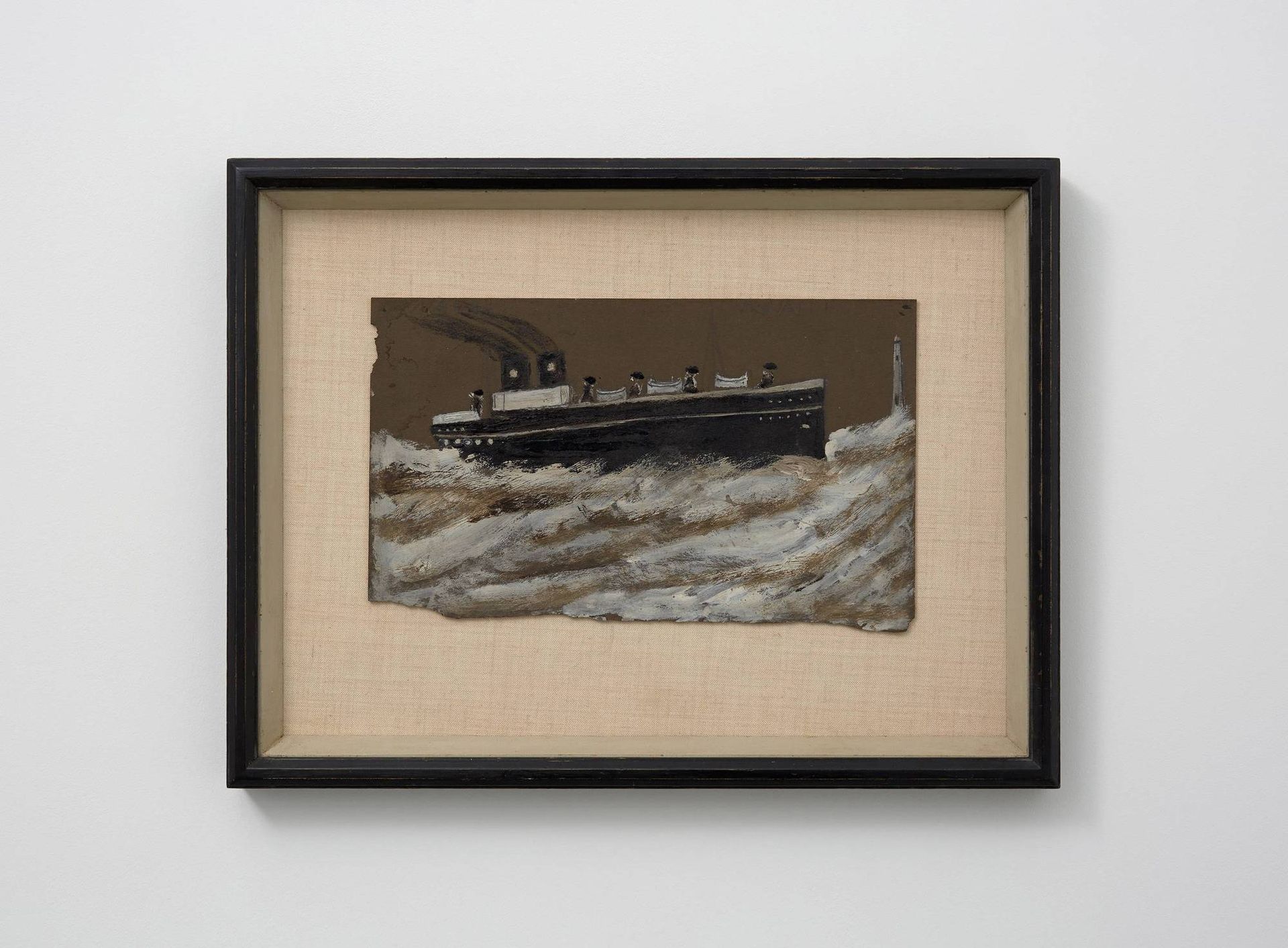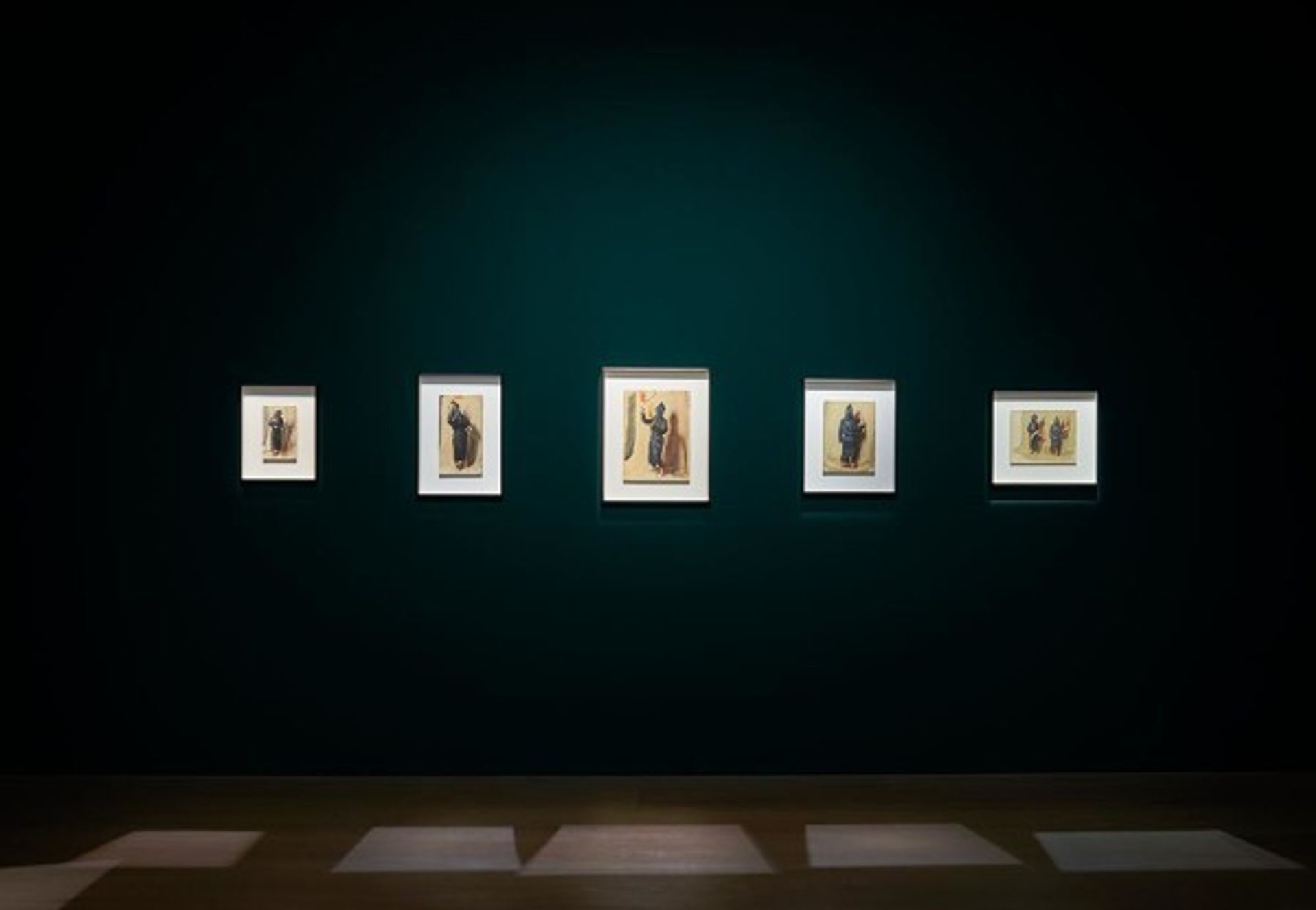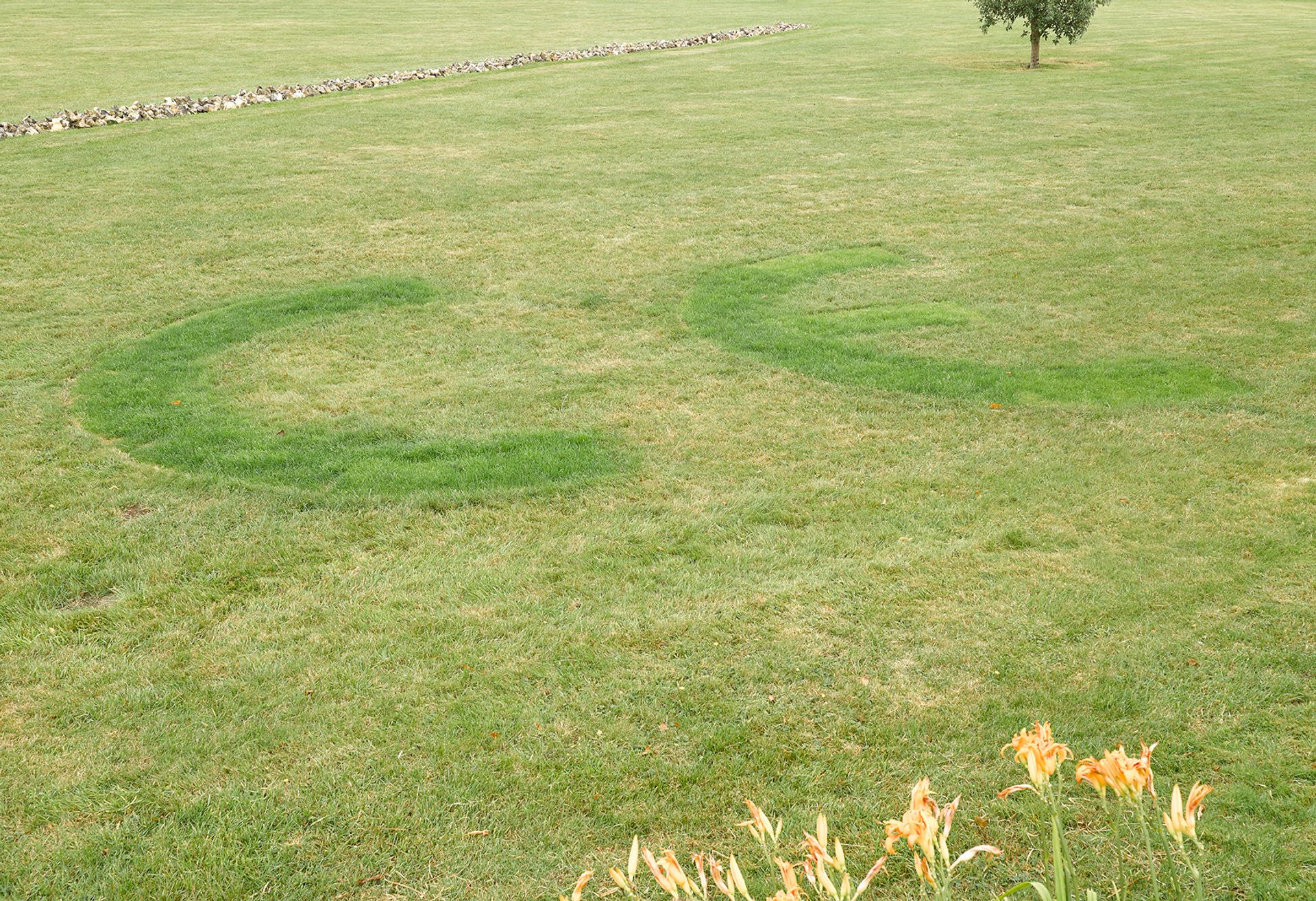The London Open, Whitechapel Gallery (until 6 September)
The Whitechapel’s open-submission triennial lives up to its claim to highlight the most innovative new art from across the capital. It is an exhibition that surprises at every turn and crackles with creative energy. Personal highlights from amongst the 48 artists include Sam Curtis’s found-footage of menial workers—from a dancing street sweeper to a balletic window cleaner—extracting the max out of their jobs; Caroline Walker’s limpidly-painted swimming pool nocturne; Damien Meade’s paintings of fleshy clay sculptures; the wry, sly eroticism of Eva Stenram’s adjusted vintage photographs; and Heather Power’s subtle and suggestive concrete sculptures.
Also, don’t miss James Richards’s dramatic staging of Francis Bacon’s stunning, and rarely seen, Study for a Portrait (1953). It is on loan from the VAC collection in Moscow and on display upstairs.

Hannah Collins, Camden Arts Centre (until 13 September)
Immersed is an appropriate title for Brian Dillon’s essay that accompanies this tightly curated show, spanning three decades of Hannah Collins’s photographs. As whatever scale she is using—from the billboard-sized black and white prints-on canvas to the series of framed photographs recording the assemblages of Noah Purifoy in the Mojave desert —Collins captures and conveys an intimate and deeply personal experience of the places she chooses to depict. She is an inveterate traveller but her images are born out of embedding herself in places that she visits and not the product of a touristic quest for the exotic. Films, texts, sound-works and—in the case of the most recent Amazon series—plant specimens are used to augment this very particular sense of place. But it is through the photographs that you are made to engage through her eyes.

Alfred Wallis: from the collection of Kettle's Yard, Stuart Shave/Modern Art (until 8 August)
There are only a few days left to catch this London viewing of 39 works by Alfred Wallis: Britain’s best-known “outsider” artist. His paintings were championed by the circle of British Modernists around Ben Nicholson, Christopher Wood, Barbara Hepworth et al. when they colonized St Ives and “discovered” the retired sailor and fisherman living and working there. On loan from the Kettle’s Yard collection in Cambridge, these small, magical scenes of ships variously at sea, being wrecked in storms or moored at harbour, have lost none of their ability to captivate. Painted onto scraps of card and paper, some are almost like lucid, beautifully constructed maps. In others the boats may be flat and toy-like but the sea that surrounds them is vividly painted and utterly alive. Wallis worked from memory, but the physical experience of his years on the waves comes through with surprising strength.

Michaël Borremans: Black Mould, David Zwirner (until 14 August)
This is a new body of work by one of the most accomplished and enigmatic painters working today. Ghent-based Borremans is known for presenting somberly hued, lushly-executed figures in bizarrely ritualistic situations. But these are by far his strangest yet. Who—or what—are these black-robed, hooded personages that prance, cavort, bear their bums and get up to such strange tricks as juggling burning severed limbs and dancing around a singing badger? Disquieting connotations of Klansmen, Spanish Inquisitors or even women in burqas come to mind, but there are no clues offered by their plain white studio-like settings. The fact that they are painted in a style that owes much to Francisco Goya only adds to their unsettling associations.

Groundwork, New Art Centre, Wiltshire (until 27 September)
Five young London-based artists working in a wide range of media shake up the rural Wiltshire setting of Roche Court with decidedly contemporary, and far from straightforward, responses to its genteel gardens and parkland. Miriam Austin presents delicate delphiniums, foxgloves and assorted blooms encased in claggy prosthetic silicone or embedded in rubbery sheets. David Murphy’s paintings and sculptures use obsessive, meticulous repetition to wrong-foot any easy readings. While Freddy Dewe Mathews messes with the sublime in photographs and prints, and by introducing a procession of weather-beaten garden statuary that spans the ages of man: from a peeing putto to gnarled old rustic. There is much cause for disquiet in these rolling acres especially since, in a cheeky sideswipe at Roche Court’s oh-so intrinsic Englishness, sculptor Rob Chavasse has had the audacity to inlay the CE mark—used to show compliance with EU legislation—directly into the hallowed turf of its lawn.


